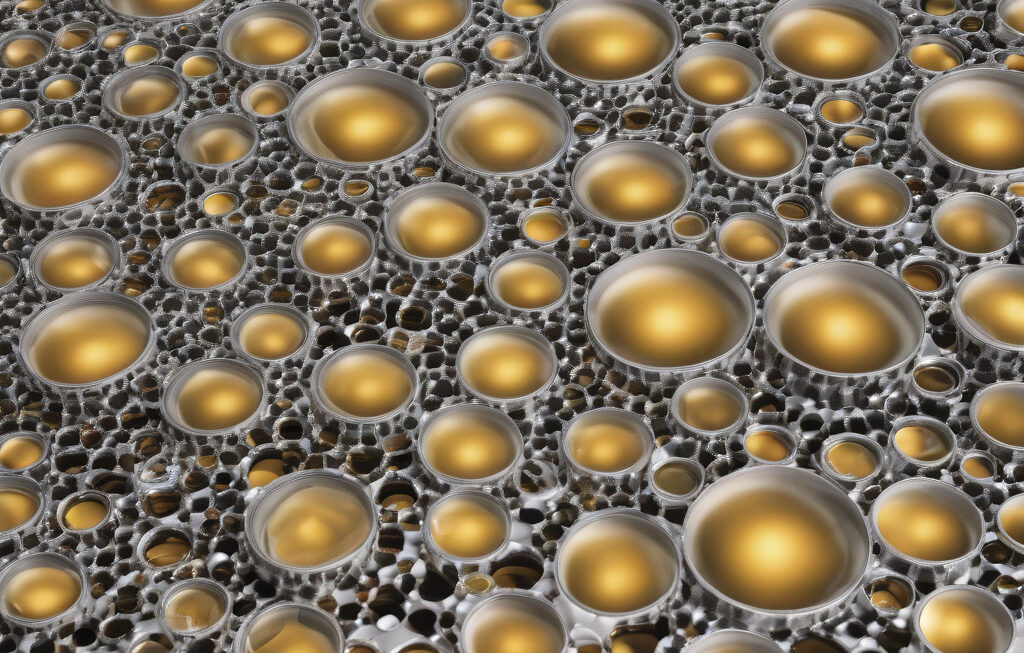New Nano Switch Channels Excitons at Room Temperature, Unlocks Faster, Cooler Computing
University of Michigan engineers have created a new nanostructure that can guide and stop excitons at room temperature, paving the way for faster and cooler computing. Excitons, which are quasiparticles consisting of an electron and an electron hole bound together, are crucial for technologies like solar cells and LED lights. However, controlling excitons has been a challenge due to their short lifetime and the need for ultra-low temperatures. The breakthrough by the University of Michigan team offers a solution to this longstanding issue.
The nanostructure developed by the engineers acts as a switch that can both guide and trap excitons at room temperature. This capability is significant as it opens up possibilities for creating efficient excitonic devices that can revolutionize computing and other technologies. By manipulating excitons at room temperature, the need for costly and energy-intensive cooling systems is eliminated, leading to more sustainable and energy-efficient devices.
One of the key advantages of the new nano switch is its speed. Excitons can be generated and manipulated rapidly, allowing for faster processing speeds in computing applications. This speed is essential for handling large amounts of data and improving the performance of electronic devices. Additionally, the ability to control excitons at room temperature reduces the heat generated during operation, leading to cooler and more reliable devices.
The implications of this breakthrough extend beyond computing. Solar cells, for example, can benefit from more efficient exciton management, leading to higher energy conversion rates. Similarly, LED lights can become brighter and more energy-efficient by harnessing the power of excitons in a controlled manner. The potential applications of this technology are vast and could impact various industries in the coming years.
In addition to its practical implications, the development of the nano switch represents a significant advancement in nanotechnology and materials science. By engineering nanostructures with precise control over excitons, researchers are pushing the boundaries of what is possible in the field of quantum materials. This research not only contributes to the fundamental understanding of excitons but also opens up new avenues for exploring their unique properties.
As we look towards a future where computing power and energy efficiency are paramount, the work done by the University of Michigan engineers stands out as a beacon of progress. By harnessing the power of excitons at room temperature, they have unlocked a new realm of possibilities for faster, cooler, and more sustainable technologies. The impact of this research is likely to reverberate across industries and pave the way for a new era of innovation and advancement.
In conclusion, the creation of a new nano switch that channels excitons at room temperature represents a significant leap forward in the field of nanotechnology. With the potential to revolutionize computing, solar energy, and lighting technologies, this breakthrough offers a glimpse into a future where faster and cooler devices are the norm. As researchers continue to explore the capabilities of excitons, we can expect to see further developments that push the boundaries of what is possible in the world of quantum materials.
University of Michigan, Excitons, Nanotechnology, Quantum Materials, Sustainable Technologies











